Aerospace
A historic deal for 500 aircraft worth billions from Air India is getting close.
Air India will order 500 aircraft, shattering a massive record!
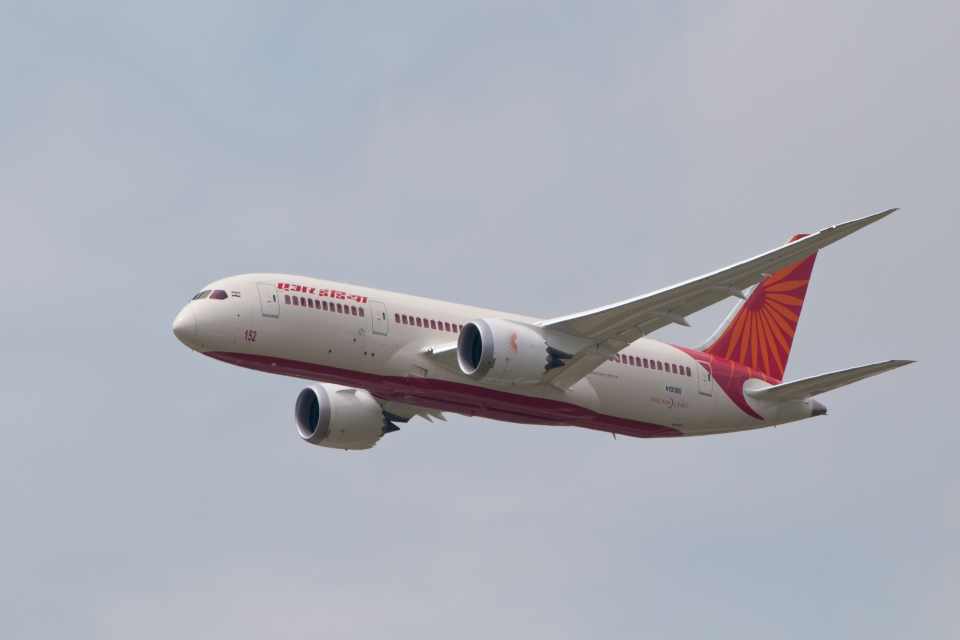
Paris and New Delhi As it carves out an ambitious recovery under the Tata Group conglomerate, Air India is close to placing unprecedented orders for as many as 500 jetliners worth tens of billions of dollars from both Airbus and Boeing, industry sources told Reuters on Sunday..
They claimed, speaking on the condition of anonymity because the massive transaction is still being finalized, that the orders comprise up to 400 narrow-body aircraft and at least 100 wide-body aircraft, including Airbus A350, Boeing 787, and Boeing 777 models.
United and Emirates Expand Market Presence Through New Agreement(Opens in a new browser tab)
As it prefers to deploy independently rather than relying on the lessor, Air India is already searching for narrow-body aircraft. And this year, in the month of March, Airbus sent the A350 aircraft to India for demonstration purposes. According to rumors, TATA is willing to purchase this aircraft because Air India will be the first customer to order such advanced aircraft in the Indian market, and TATA received special pricing on it.
Farnborough Air Show 2016 Airbus wins $35 billion of aircraft orders.(Opens in a new browser tab)
Speaking on the condition of anonymity because the massive transaction is still being finalized, they stated that the orders comprise up to 400 narrow-body aircraft and 100 or more wide-body aircraft, including Airbus A350, Boeing 787, and Boeing 777s.
Both Boeing and Airbus declined to comment. An inquiry for comment was not immediately answered by the Tata Group.

Aerospace
Boeing Transfers Rocket Stage to NASA, Paving Way for Human Moon Mission
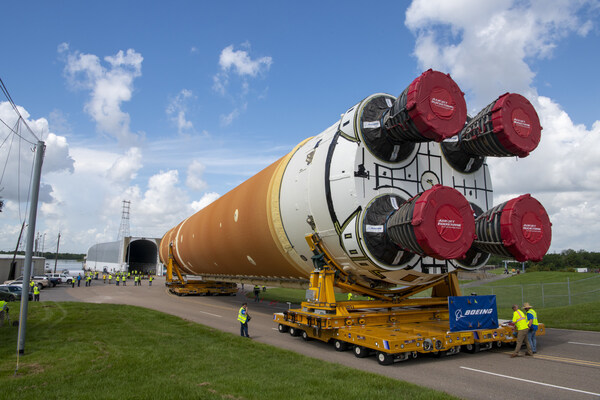
Boeing has achieved a significant milestone by providing NASA with the second core stage of the Space Launch System (SLS) rocket.
This crucial component, crafted at NASA’s Michoud Assembly Facility (MAF), is set to propel the Artemis II crew into lunar orbit, marking humanity’s return to deep space after a 50-year hiatus.
The monumental Boeing-built rocket stage, the largest element of the Artemis II mission, will embark on a journey aboard the Pegasus barge, traveling 900 miles to NASA’s Kennedy Space Center.
Comparison of two legendary aircraft B777x vs B747 aircraft:Click here
Upon arrival, it will be meticulously integrated with other essential Artemis II components, including the upper stage, solid rocket boosters, and NASA’s Orion spacecraft within the iconic Vehicle Assembly Building. This intricate integration process is a vital step toward the eagerly anticipated Artemis II launch, slated for 2025.
“Boeing-built products helped land humankind on the moon in 1969, and we’re proud to continue that legacy through the Artemis generation,” remarked Dave Dutcher, vice president and program manager for Boeing’s SLS program. “Together, with NASA and our industry partners and suppliers, we are building the world’s most capable rocket and paving the way to deep space through America’s rocket factory in New Orleans.”
NASA, Lockheed Martin Reveal X-59 Quiet Supersonic Aircraft:Click here
The delivery of Core Stage 2 marks a significant achievement in the evolution of the SLS rocket. Towering over 200 feet and powered by four RS-25 engines, this core stage, coupled with two solid-fueled booster rockets, will generate a staggering 8.8 million pounds of thrust. This immense power is crucial to launching Artemis II and future missions into the vast expanse of space.
The SLS rocket stands unparalleled in its capability to transport both crew and substantial cargo to the moon and beyond in a single launch. Its extraordinary capacity will facilitate the delivery of human-rated spacecraft, habitats, and scientific missions to destinations including the moon and Mars, ushering in a new era of space exploration.
-
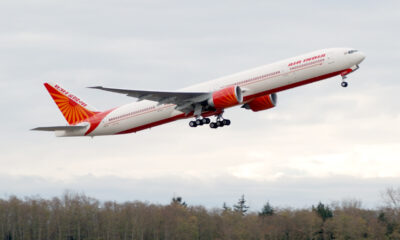
 Travel1 week ago
Travel1 week agoAir India to Expand US Operations with Three New Routes After a Decade
-

 Travel2 weeks ago
Travel2 weeks agoWhy We Should Avoid These Stamps in a Passport
-

 Airlines1 month ago
Airlines1 month agoInvestigations Reveal Fake Chinese Titanium in Boeing and Airbus Jets
-

 Tech4 weeks ago
Tech4 weeks agoChina’s CATL Plans 1,800-Mile Electric Plane Launch by 2027
-

 Airport3 days ago
Airport3 days agoTop 10 Largest Airports in the World by Size
-
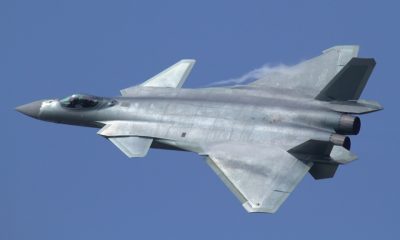
 Aerospace4 weeks ago
Aerospace4 weeks agoChina’s Fighter Jets Turn Wings into Autonomous Drones
-
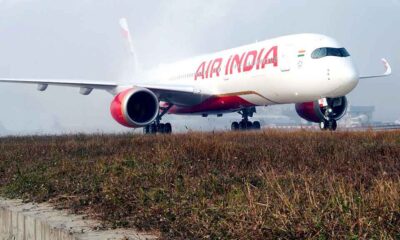
 Airlines4 days ago
Airlines4 days agoAir India Rolls Out A350s for Delhi-New York JFK and Newark Routes
-
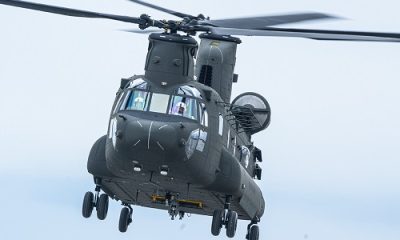
 Defence3 weeks ago
Defence3 weeks agoBoeing Enhances Chinook with New Engines and Block II Upgrades at $96 Million







